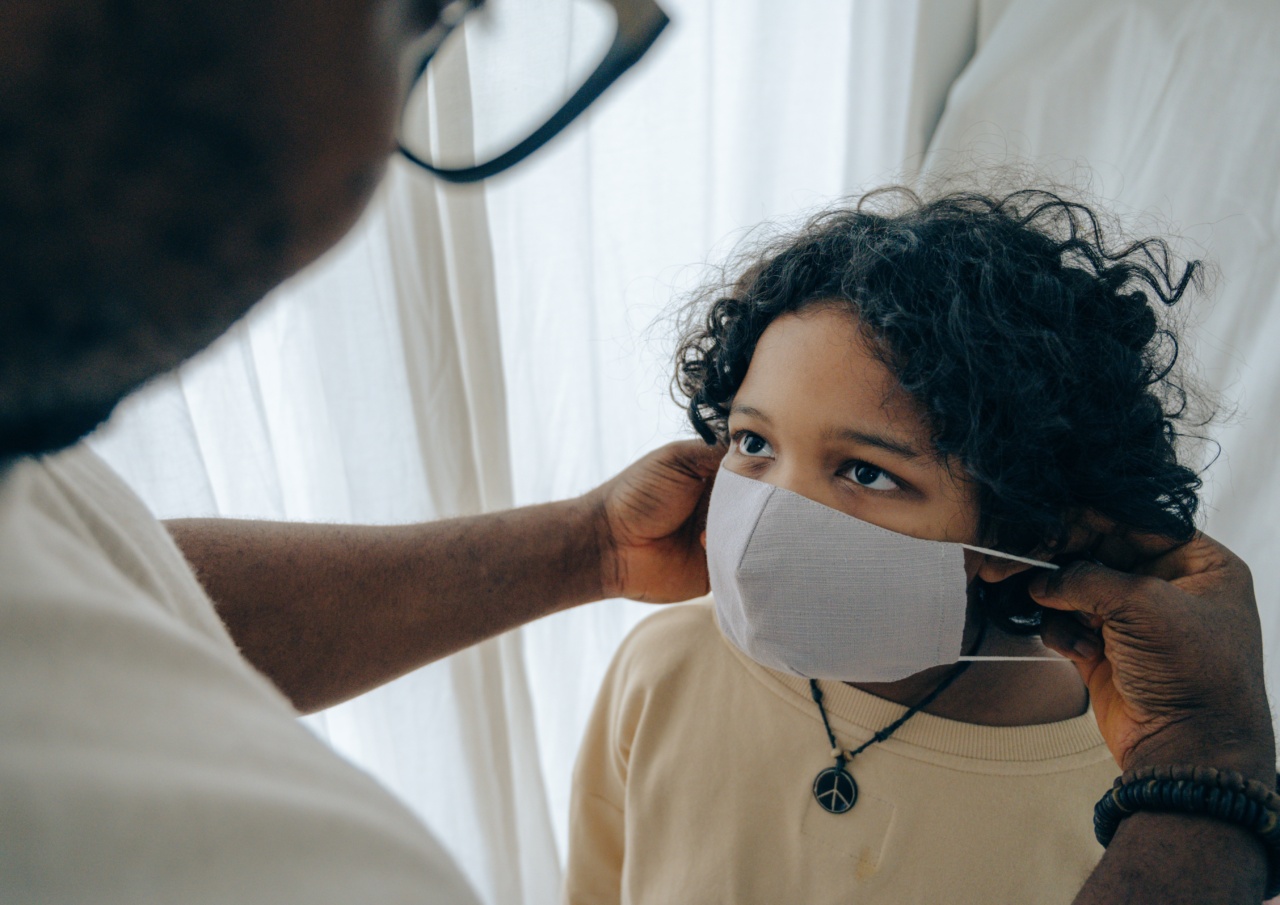Scheuermann’s disease is a condition that affects the spine in which the vertebrae become wedge-shaped, leading to rounding of the back. This condition is most common in adolescents and is typically diagnosed during the adolescent growth spurt.
Scheuermann’s disease affects both boys and girls and is more common in children who are tall and thin. In this article, we will discuss the causes, symptoms, and treatment options for Scheuermann disease in children.
What causes Scheuermann’s disease?
The exact cause of Scheuermann’s disease is unknown. However, it is believed to be due to a combination of genetic and environmental factors.
Some research suggests that the condition may be caused by an imbalance of hormones during adolescence that affects growth of the vertebrae. Others believe that poor posture or carrying heavy backpacks may contribute to the development of the condition.
What are the symptoms?
The most common symptom of Scheuermann’s disease is a rounding of the upper back. This is also referred to as kyphosis and may cause the child to appear hunched over. Other symptoms may include:.
- Back pain
- Stiffness in the back
- Tight hamstrings
- Difficulty breathing
- Weakness in the legs
How is it diagnosed?
Scheuermann’s disease is typically diagnosed through a combination of physical examination and imaging tests. During the physical exam, a doctor will look for signs of a rounded upper back, stiffness in the spine, and tight hamstrings.
Imaging tests such as X-rays or MRI scans may also be used to confirm the diagnosis and evaluate the severity of the condition.
How is it treated?
There is no cure for Scheuermann’s disease, but treatment options are available to manage the symptoms and slow the progression of the condition. Treatment options may include:.
- Physical therapy to improve posture and strengthen muscles
- Bracing to support the spine
- Medications for pain relief
- Surgery in severe cases where the condition is significantly impacting the child’s quality of life
Can it be prevented?
While there is no guaranteed way to prevent Scheuermann’s disease, there are steps that parents and caregivers can take to reduce the risk of developing the condition. These steps include:.
- Encourage good posture
- Limit backpack weight and wear the backpack with both straps
- Encourage activities that promote good spine health such as swimming, yoga, or Pilates
- Seek treatment promptly if symptoms are noticed
Conclusion
Scheuermann’s disease is a condition that affects the spine in adolescents and causes rounding of the upper back. While there is no cure, treatment options are available to manage the symptoms and slow the progression of the condition.
Parents and caregivers can take steps to reduce the risk of developing the condition and should seek prompt treatment if symptoms are noticed.





























